How to Layer Light: Creating Depth with Ambient, Task & Accent Lighting
Table Of Contents
- Understanding Light Layering: The Foundation of Great Interior Design
- Ambient Lighting: Creating Your Base Layer
- Task Lighting: Functionality Where You Need It
- Accent Lighting: Adding Depth and Character
- Room-by-Room Guide to Light Layering
- Common Light Layering Mistakes to Avoid
- Conclusion: Perfecting Your Lighting Design
Lighting is far more than just a practical necessity—it's one of the most powerful tools in interior design. The right lighting transforms spaces, creates atmosphere, and enhances both the functionality and aesthetic appeal of your home. Yet many homeowners limit themselves to a single overhead light, missing the opportunity to create truly dynamic and versatile living environments.
Enter the concept of light layering—a sophisticated approach that combines different types of lighting to create depth, dimension, and adaptability in your spaces. Whether you're renovating your entire home or simply looking to enhance a single room, understanding how to effectively layer ambient, task, and accent lighting will elevate your interior design from ordinary to extraordinary.
In this comprehensive guide, we'll explore the art and science of light layering, providing practical examples and expert tips to help you implement this technique throughout your home. From creating a welcoming living room perfect for both entertaining and relaxation to designing a functional kitchen that transitions seamlessly from food preparation to dining, you'll discover how thoughtful lighting choices can transform how you experience your spaces.
The Art of Light Layering
Transform your space with the perfect balance of ambient, task, and accent lighting
Ambient Lighting
The foundation layer that provides overall illumination
Task Lighting
Focused illumination for specific activities and areas
Accent Lighting
Highlighting specific features to create depth and interest
Room-by-Room Layering Guide
Living Room
- Ambient: Ceiling fixture + recessed lights
- Task: Reading lamps + table lamps
- Accent: Wall sconces + picture lights
Kitchen
- Ambient: Recessed grid + central fixture
- Task: Under-cabinet + pendant lights
- Accent: Interior cabinet + toe-kick lighting
Bedroom
- Ambient: Ceiling fixture on dimmer
- Task: Bedside + vanity lighting
- Accent: Headboard lighting + sconces
Dining Room
- Ambient: Statement pendant/chandelier
- Task: Buffet/server area lighting
- Accent: Wall sconces + display lighting
Common Mistakes to Avoid
Single Light Source
Relying on one ceiling fixture creates harsh shadows and inflexible spaces.
Ignoring Dimmers
Dimmers dramatically increase functionality and create adaptable lighting scenarios.
Mismatched Color Temperatures
Mixing cool and warm white creates jarring, uncoordinated effects.
Perfect Fixture Height Guide
Dining Table Pendants
30-36" above table surface
Wall Sconces
60-72" from floor (5'-6')
Kitchen Island Pendants
30-36" above counter surface
Understanding Light Layering: The Foundation of Great Interior Design
Light layering is the practice of combining multiple light sources at different levels to create a flexible, functional, and visually appealing environment. Rather than relying on a single source—typically an overhead fixture—layered lighting utilizes a strategic mix of fixtures that can be adjusted according to time of day, activities, and desired mood.
Think of light layering as similar to dressing for variable weather—you need different pieces that work together to create comfort in changing conditions. In lighting design, these layers typically include ambient (general), task, and accent lighting, each serving a distinct purpose while contributing to the overall atmosphere.
The benefits of proper light layering extend beyond aesthetics. Research has shown that thoughtfully designed lighting can positively impact wellbeing, productivity, and even sleep quality. By creating spaces with flexible lighting options, you accommodate different activities, energy levels, and natural light fluctuations throughout the day.
Ambient Lighting: Creating Your Base Layer
Ambient lighting forms the foundation of your lighting design—it's the base layer that provides overall illumination to a room. Think of it as the lighting equivalent of a primer coat of paint; it creates an even wash of light that ensures basic visibility and sets the general tone for the space.
Key Characteristics of Ambient Lighting
Good ambient lighting should provide even illumination throughout the space without harsh shadows or overly bright spots. It typically accounts for about 75% of a room's total lighting and should allow for safe navigation and general activities without strain or discomfort.
Common Ambient Lighting Fixtures
Several fixture types excel at providing quality ambient lighting:
Ceiling-Mounted Fixtures:Flush and semi-flush mounts are perfect for rooms with lower ceilings, providing good general illumination without visually lowering the ceiling height. In rooms with higher ceilings, chandeliers and pendant lights can provide ambient lighting while making a design statement.
Recessed Lighting: These fixtures sit flush with the ceiling, creating a clean, streamlined look while providing excellent ambient light. When placed strategically around the perimeter of a room, they create even illumination without visual clutter.
Cove or Soffit Lighting: These architectural lighting features direct light upward onto ceilings and walls, creating soft, diffuse illumination that makes spaces feel larger and more open.
Track Lighting: Versatile and adjustable, track lighting can provide ambient illumination when fixtures are directed toward walls and ceilings rather than focused downward.
Ambient Lighting Examples by Room
Living Room: A central chandelier combined with strategically placed recessed lights creates an even wash of light that highlights the room's dimensions while providing sufficient illumination for general activities.
Kitchen: Recessed ceiling lights arranged in a grid pattern provide consistent illumination across countertops and floors, ensuring safe food preparation and movement throughout the space.
Bedroom: A semi-flush ceiling fixture combined with soft cove lighting creates a gentle, relaxing ambient light that promotes rest while still providing enough illumination for dressing and other activities.
Task Lighting: Functionality Where You Need It
Task lighting is the second layer in the light layering approach, focused on illuminating specific areas where activities requiring visual accuracy take place. While ambient lighting ensures you don't bump into furniture, task lighting ensures you can read recipes, work comfortably at a desk, or apply makeup without eye strain.
Key Characteristics of Task Lighting
Effective task lighting should be brighter than ambient lighting (typically 2-3 times brighter), positioned to minimize shadows and glare, and placed directly over the activity area. The light should be focused rather than diffuse, and ideally adjustable to accommodate different tasks and user preferences.
Common Task Lighting Fixtures
Task lighting comes in various forms depending on the specific function and space:
Desk and Table Lamps:Desk lamps with adjustable arms and heads provide directed light for reading, writing, and computer work. Modern options often include adjustable color temperatures to reduce eye strain during prolonged use.
Under-Cabinet Lighting: Essential in kitchens, these fixtures illuminate countertops directly, eliminating shadows that overhead lighting can cast when you stand at the counter.
Pendant Lights: When hung at the proper height over tables, islands, or work surfaces, pendants provide focused task lighting while adding style. Consider models with wider shades that direct light downward rather than outward.
Reading Lights and Wall Sconces:Wall-mounted sconces with adjustable arms are perfect beside beds or over seating areas, providing directed light exactly where needed without occupying table space.
Task Lighting Examples by Room
Home Office: A quality desk lamp with adjustable positioning provides focused illumination on paperwork and computer tasks. Consider models with multiple brightness settings and color temperature options to reduce eye strain during long work sessions.
Kitchen: Under-cabinet LED strips eliminate shadows on countertops, making food preparation safer and more precise. Pendant lights suspended over islands and dining areas provide focused illumination for cooking, eating, and socializing.
Bathroom: Wall sconces positioned at eye level on either side of the mirror provide even, shadow-free lighting for grooming tasks. This side lighting is far more effective than overhead lighting, which tends to cast unflattering shadows.
Living Room:Floor lamps with adjustable heads positioned beside reading chairs create perfect spots for enjoying books or detailed hobbies like knitting or model building.
Accent Lighting: Adding Depth and Character
Accent lighting is the final layer that elevates your lighting design from functional to extraordinary. This layer is primarily decorative, used to highlight architectural features, artwork, or special objects while creating visual interest through contrast and shadow.
Key Characteristics of Accent Lighting
Effective accent lighting typically provides approximately three times more illumination on the focal point than the surrounding ambient light. This contrast creates drama and draws the eye to important design elements. Unlike ambient and task lighting, accent lighting is meant to create small pools of light and intentional shadows rather than even illumination.
Common Accent Lighting Fixtures
Accent lighting comes in many specialized forms:
Wall Washers and Sconces: These fixtures cast soft light across wall surfaces, highlighting texture and creating a sense of expanded space. Wall sconces with upward or downward-facing light create interesting shadow patterns that add visual rhythm to corridors and living spaces.
Picture Lights: Mounted above artwork, these specialized fixtures direct light specifically onto paintings, photographs, or wall hangings, bringing out colors and details while creating a gallery-like effect.
Track and Spotlight Systems: Adjustable track lighting allows for precise aiming of light beams to highlight specific objects or architectural features from a distance.
LED Strip Lighting: Flexible LED strips can be installed under shelving, along staircases, or within architectural niches to create subtle glowing effects that highlight structure and add dimension.
Table and Mantel Lamps: Beyond their task functions, decorative table lamps create localized pools of light that add warmth and intimacy to rooms, especially effective when ambient lighting is dimmed.
Accent Lighting Examples by Room
Living Room: Uplights positioned behind a sectional sofa wash the wall with light, creating a sense of expanded space while highlighting art pieces. Picture lights above framed wall art draw attention to your collection while adding depth to the room's lighting scheme.
Dining Room: Small recessed spotlights directed at a statement dining table highlight its beauty and craftsmanship even when not in use. LED strips installed beneath a floating sideboard create a floating effect that adds drama and dimension.
Bedroom: Adjustable reading lights mounted on the wall behind the bed provide functional task lighting while creating an attractive accent when viewed from across the room. Strip lighting behind a headboard creates a halo effect that adds a luxurious hotel-like ambiance.
Room-by-Room Guide to Light Layering
Now that we understand the three fundamental lighting layers, let's explore how to combine them effectively in different rooms of your home.
Living Room Light Layering
The living room typically serves multiple functions—from casual conversation to movie watching, reading, and entertaining. Effective light layering here is essential for creating a flexible, welcoming space.
Ambient Layer: Start with a central ceiling fixture such as a chandelier or large pendant, supplemented by recessed downlights around the perimeter. Consider a dimmer switch to adjust overall brightness based on time of day and activities.
Task Layer: Include floor lamps beside seating areas where reading or hobbies occur. Table lamps on side tables or console tables provide additional task lighting while contributing to the room's design aesthetic.
Accent Layer: Wall sconces create vertical interest and highlight architectural features like fireplaces or built-in shelving. Consider picture lights above artwork or track lighting to highlight your collection of wall art. For contemporary spaces, LED strip lighting along architectural features adds a modern touch.
Kitchen Light Layering
Kitchens demand particularly thoughtful light layering due to the variety of precise tasks performed and the room's increasingly important role as a social hub.
Ambient Layer: Recessed ceiling lights arranged in a grid pattern provide even background illumination. In larger kitchens, consider adding a central decorative fixture over a dining table or island to anchor the space.
Task Layer: Under-cabinet lighting is essential for illuminating countertop work surfaces. Pendant lights hung over islands, peninsulas, or breakfast nooks provide focused light for food prep, cooking, dining, and socialization.
Accent Layer: Consider interior cabinet lighting to showcase glassware or special collections behind glass-front cabinets. Toe-kick lighting under base cabinets adds a luxurious glow while providing subtle nighttime wayfinding illumination.
Bedroom Light Layering
The bedroom requires lighting that transitions from energizing morning illumination to relaxing evening ambiance.
Ambient Layer: A central ceiling fixture provides general illumination, ideally on a dimmer switch for flexibility. For primary bedrooms, consider a decorative chandelier or semi-flush mount that reflects your personal style.
Task Layer: Bedside lighting is crucial—whether table lamps on nightstands or wall-mounted reading lights that save surface space. Consider additional task lighting near dressing areas and closets to ensure proper visibility for clothing selection.
Accent Layer: Strip lighting behind a headboard creates a floating effect while providing a soft nighttime glow. Wall sconces flanking artwork or mirrors add dimension and create a hotel-like luxury feel.
Dining Room Light Layering
The dining room benefits greatly from thoughtful light layering that creates the right atmosphere for everything from family meals to formal entertaining.
Ambient Layer: A statement chandelier or pendant arrangement centered over the dining table forms both the ambient lighting foundation and a visual focal point. Install this fixture on a dimmer switch to adjust atmosphere from bright family breakfasts to intimate dinner parties.
Task Layer: While the central fixture provides most task illumination needed for dining, consider additional lighting over a buffet or serving area if you frequently host gatherings.
Accent Layer: Wall sconces add symmetry and additional illumination without consuming table space. Cabinet or shelf lighting highlights displayed china and serving pieces. Consider a lighted art piece as a conversation starter and visual interest point.
Common Light Layering Mistakes to Avoid
Even with the best intentions, several common mistakes can undermine your light layering efforts. Here's how to avoid the most frequent pitfalls:
Relying on a Single Light Source
The most common lighting mistake is depending on one central ceiling fixture to illuminate an entire room. This creates harsh shadows, uneven lighting, and inflexible spaces that can't adapt to different activities or times of day. Always incorporate multiple light sources at different heights and positions to create balanced, flexible illumination.
Ignoring Dimmer Switches
Dimmers are relatively inexpensive but dramatically increase the functionality of your lighting system. By installing dimmers on all fixed lighting fixtures, you gain the ability to adjust light levels according to natural light conditions, time of day, and specific activities. This single upgrade transforms rigid lighting into a flexible system that adapts to your needs.
Overlooking Color Temperature
Different light sources often have different color temperatures, measured in Kelvins (K). Mixing cool white (4000K+) with warm white (2700-3000K) can create jarring, uncoordinated effects. For residential spaces, maintain consistency by selecting bulbs with similar color temperatures—typically warm white (2700-3000K) for living areas and slightly cooler (3000-3500K) for task-oriented spaces like kitchens and offices.
Incorrect Fixture Placement
Positioning fixtures without considering their function leads to ineffective lighting. Common placement mistakes include:
Pendant Lights Hung Too High or Low: Over dining tables, pendants should typically hang 30-36 inches above the table surface. Over kitchen islands, 30-36 inches is standard, adjusted based on ceiling height and fixture size.
Recessed Lights Placed Incorrectly: Avoid placing recessed lights in a perfect grid without considering what they're illuminating. Instead, position them to highlight architectural features, artwork, or specific furniture arrangements.
Wall Sconces at the Wrong Height: In corridors and living spaces, sconces should typically be mounted 60-72 inches from the floor. In bathrooms flanking mirrors, they should be mounted at approximately eye level (5'6" to 6') to provide even facial illumination.
Conclusion: Perfecting Your Lighting Design
Mastering the art of light layering transforms how you experience your home. By thoughtfully combining ambient, task, and accent lighting, you create spaces that are not only beautiful but also functional and adaptable to your changing needs throughout the day and across different activities.
Remember that effective light layering isn't about installing as many fixtures as possible—it's about strategic placement of different light sources that work together harmoniously. Start with a solid ambient lighting foundation, add task lighting where specific activities occur, and finish with accent lighting that highlights your home's best features and creates visual interest.
As you implement your lighting design, consider the specific needs of each room while maintaining a cohesive approach throughout your home. Choose fixtures that complement your interior design style while providing the appropriate type and quality of light for their intended function. And don't forget the transformative power of dimmers and lighting controls, which multiply the flexibility of your lighting system.
With these principles in mind, you're well-equipped to create a lighting design that enhances both the beauty and functionality of your home—turning ordinary rooms into extraordinary living environments that adapt seamlessly to your lifestyle.
Ready to transform your home with expertly layered lighting? Explore Loft Home Furniture's collection of designer-inspired lighting fixtures and furniture pieces that complement your new lighting design. Our curated selection combines quality craftsmanship with affordable pricing, helping you create beautifully illuminated spaces without breaking your budget.
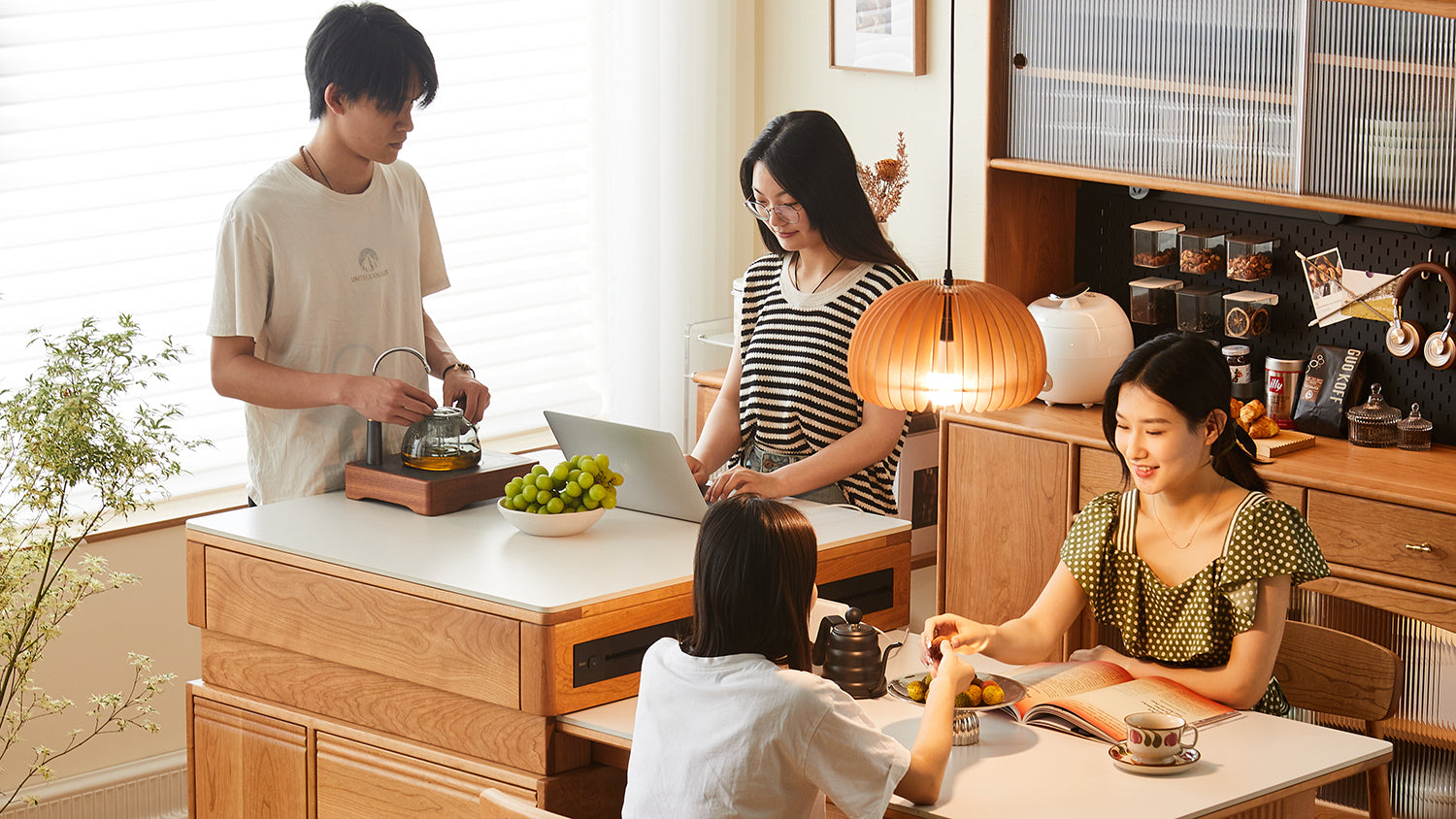

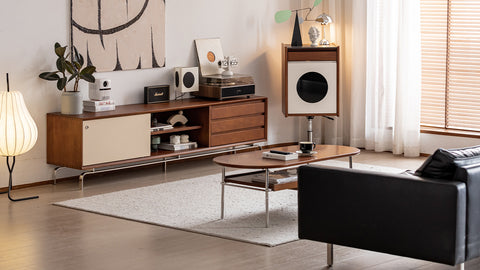
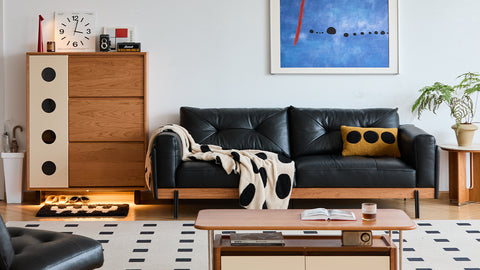
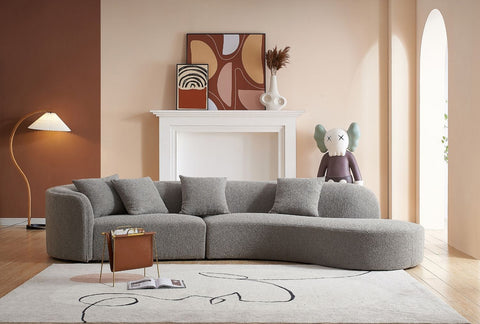
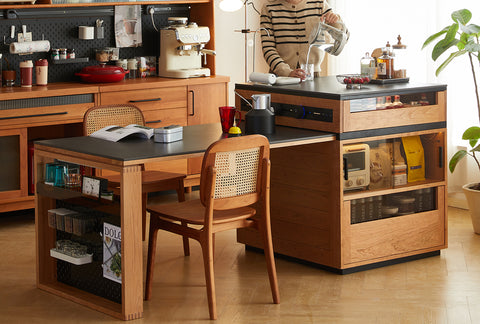
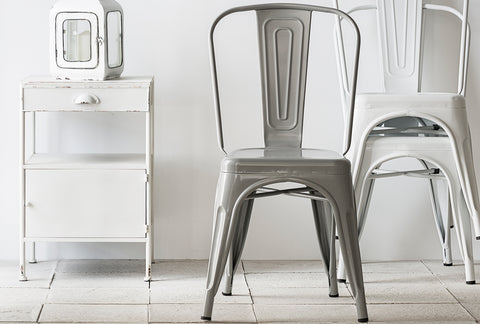
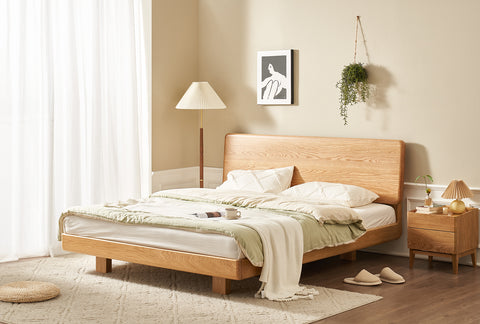
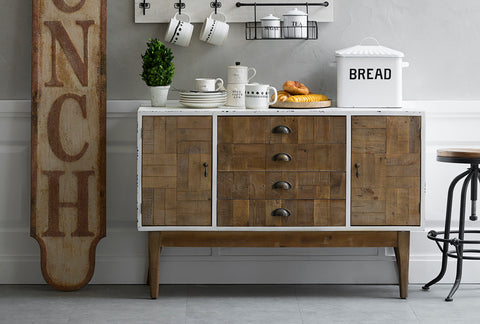




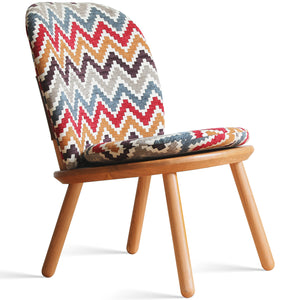
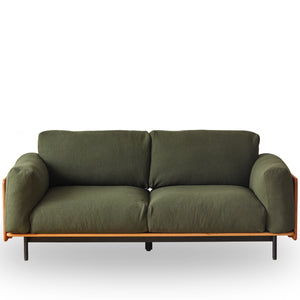
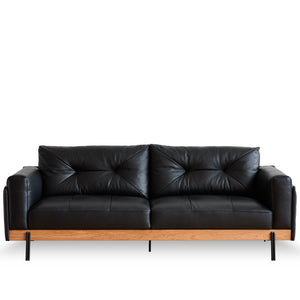
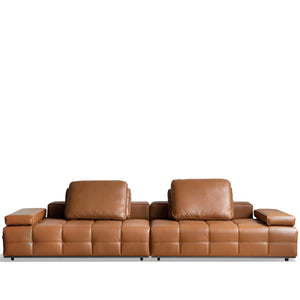
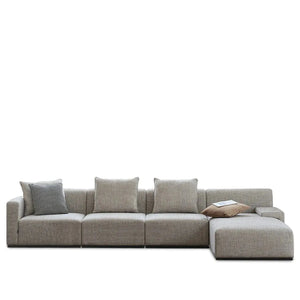
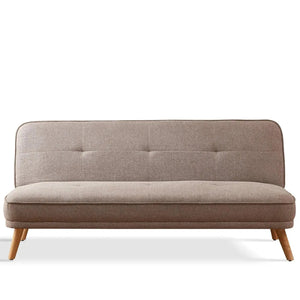
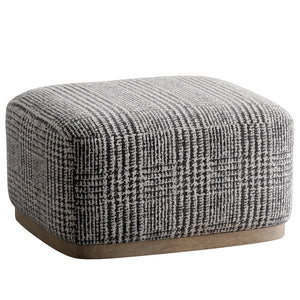


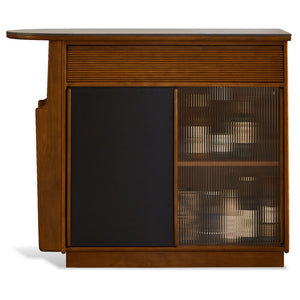
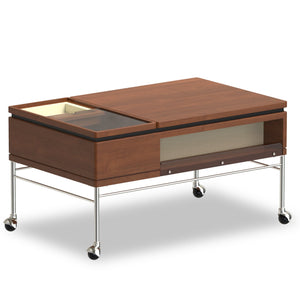
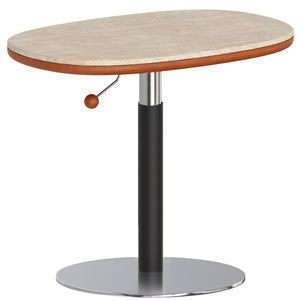
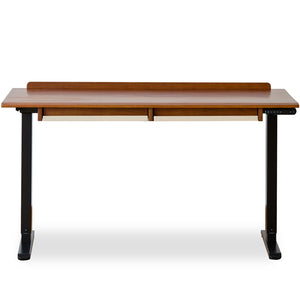
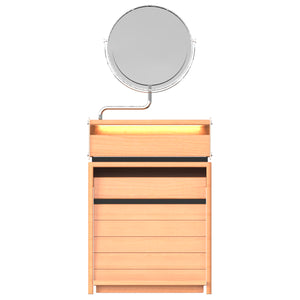

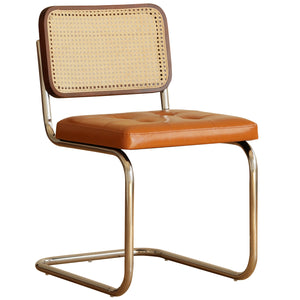
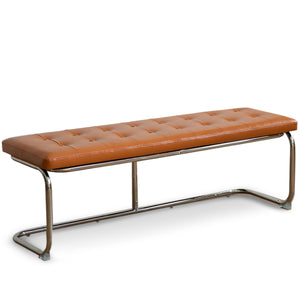
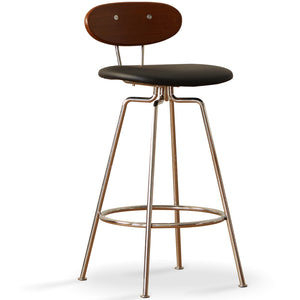
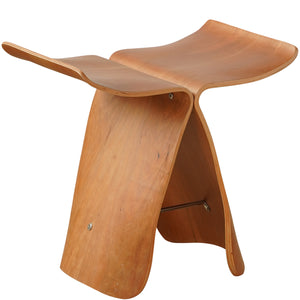
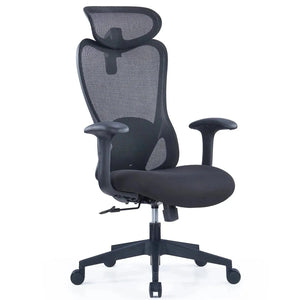

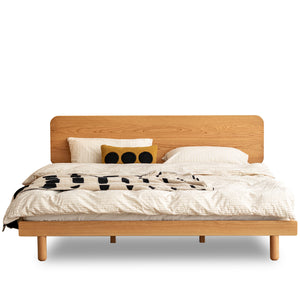


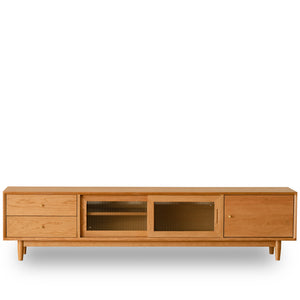
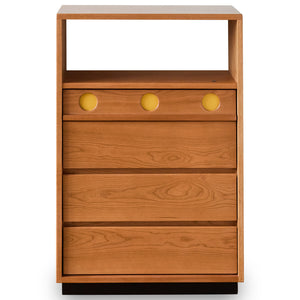
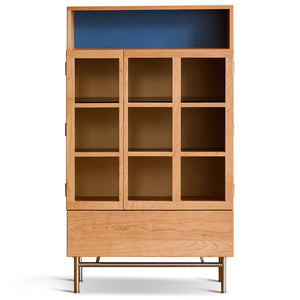
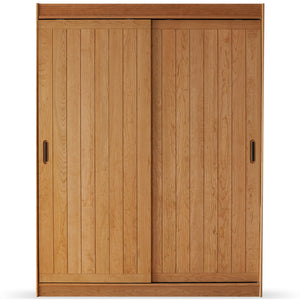
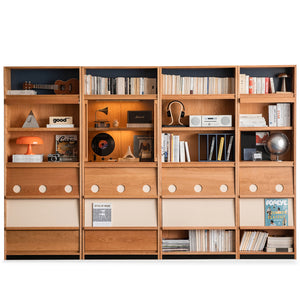
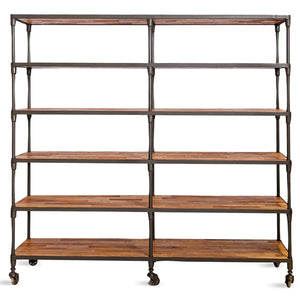
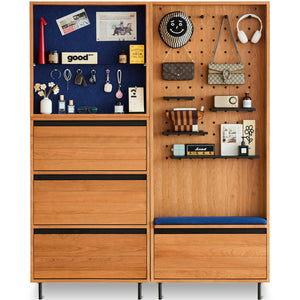
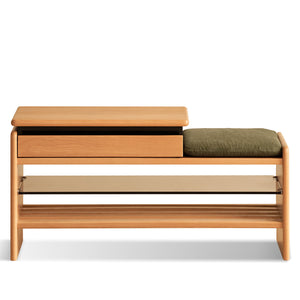
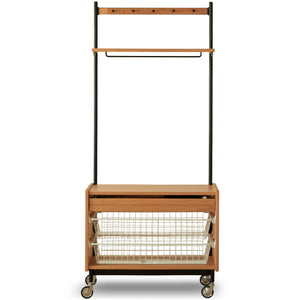






















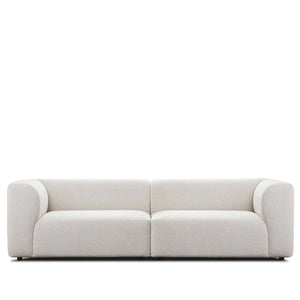




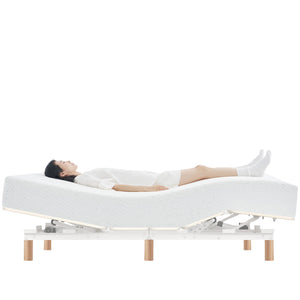
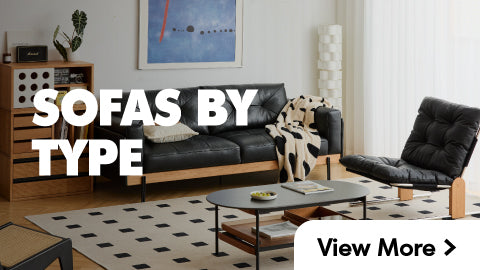
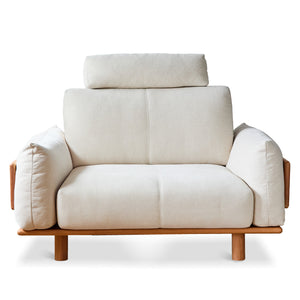
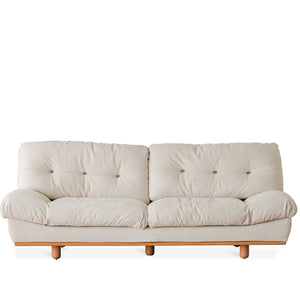
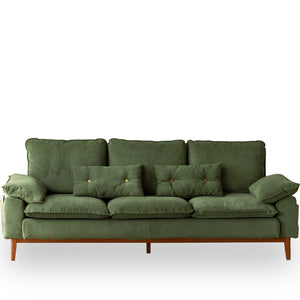
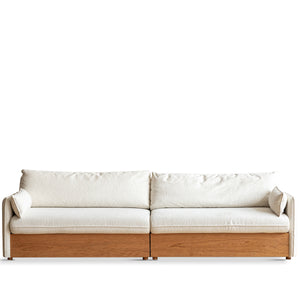
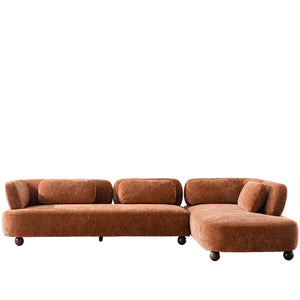
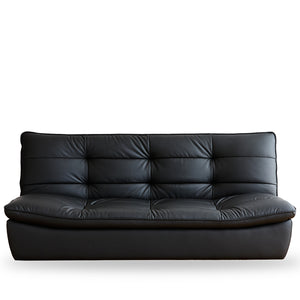
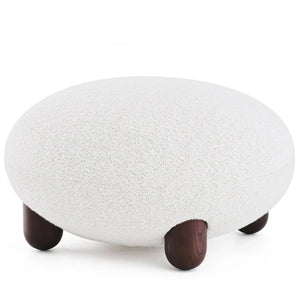

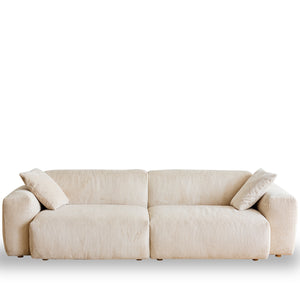
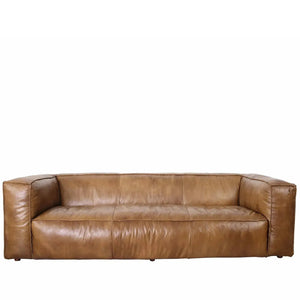
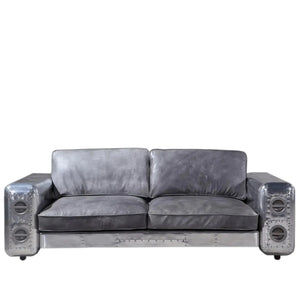
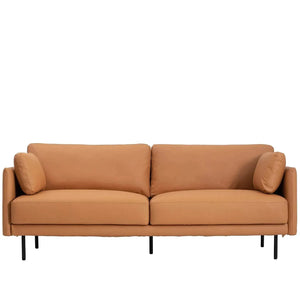
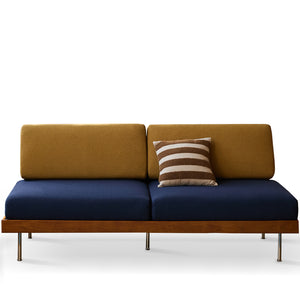
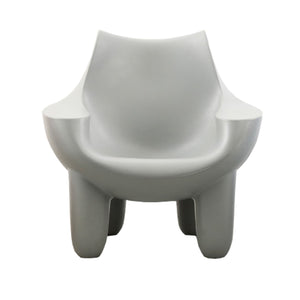

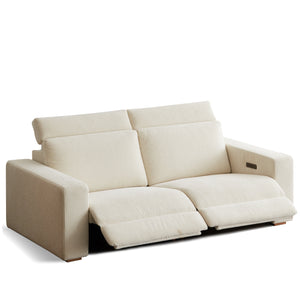

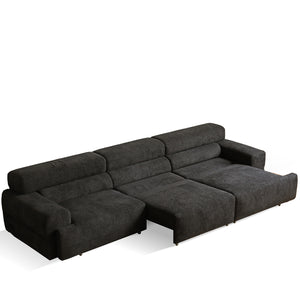
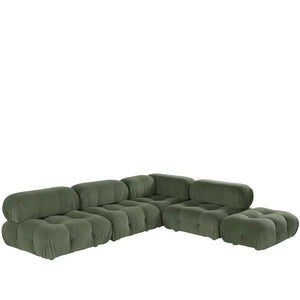
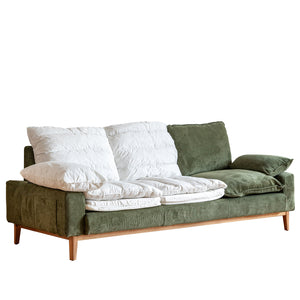
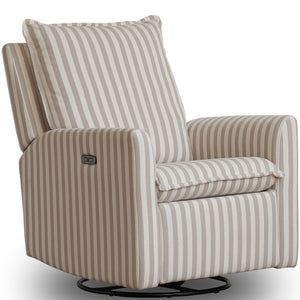

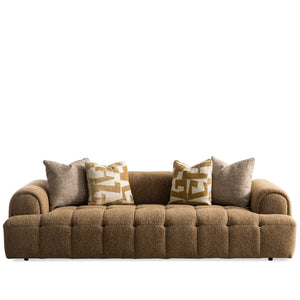
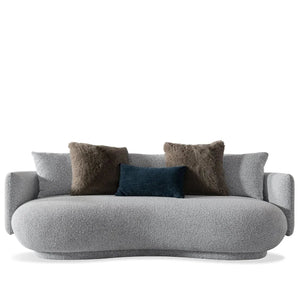
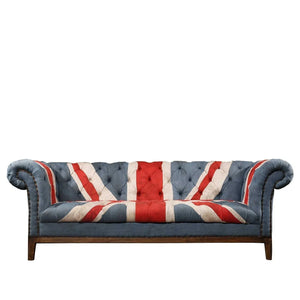

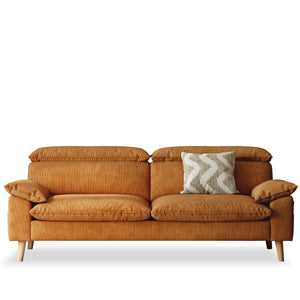
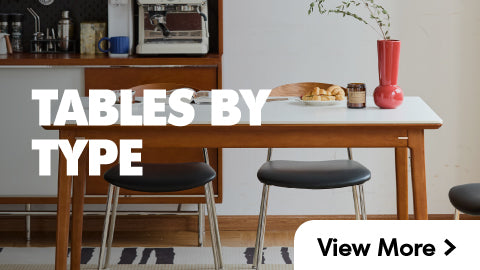
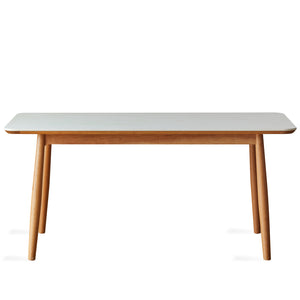
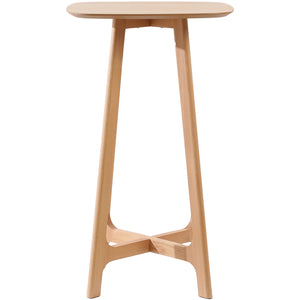
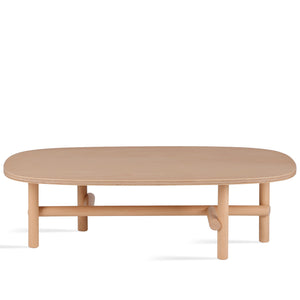
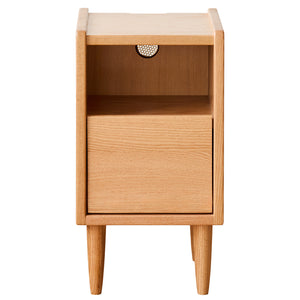
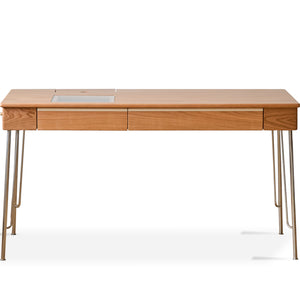
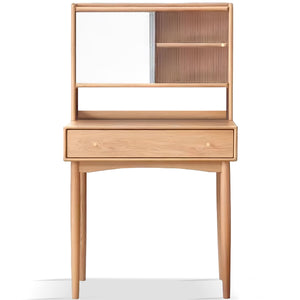

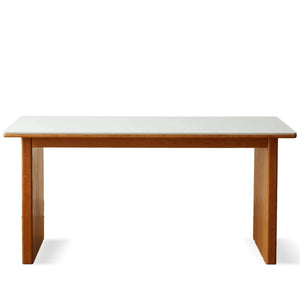
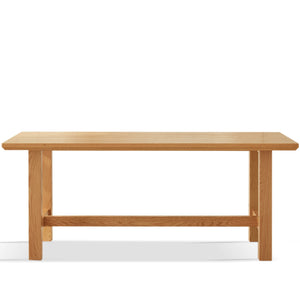
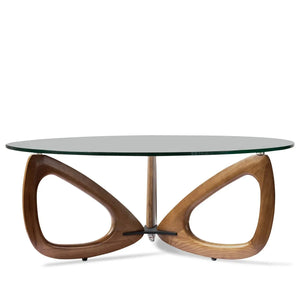
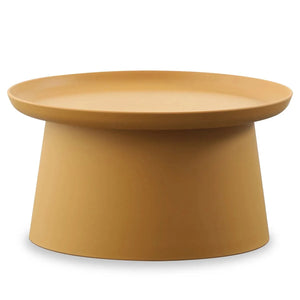
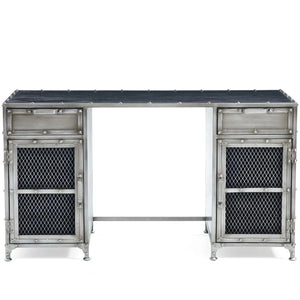
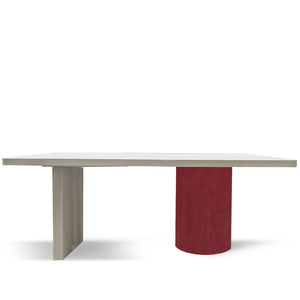
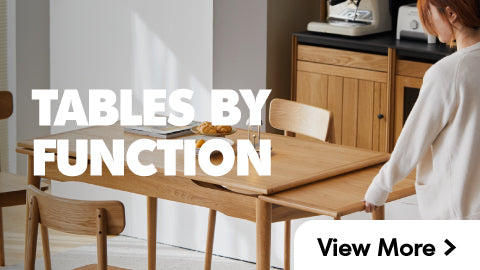
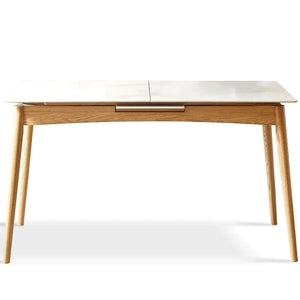
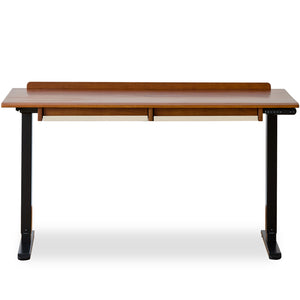
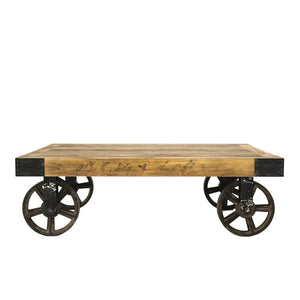
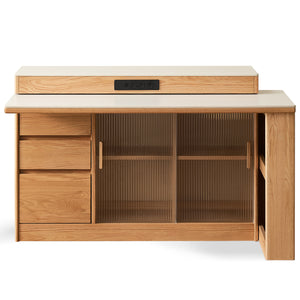
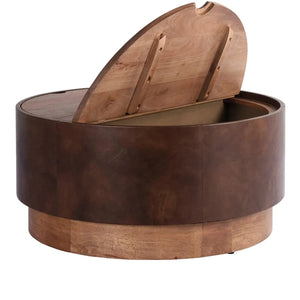

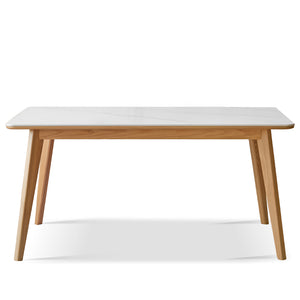
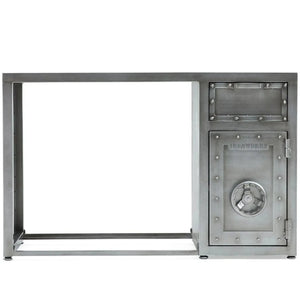
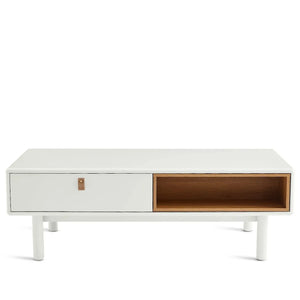




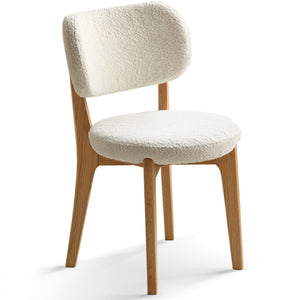
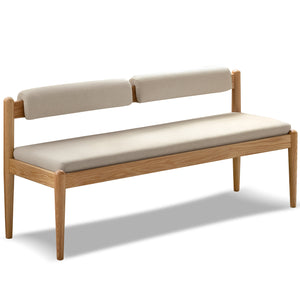
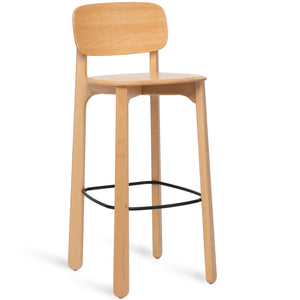
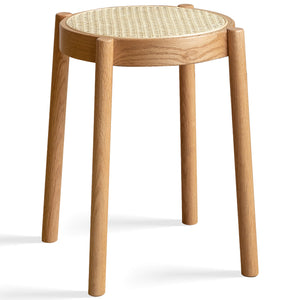


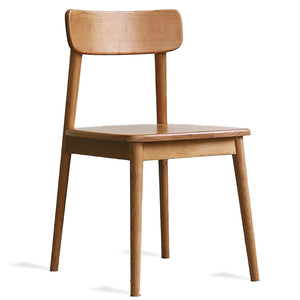
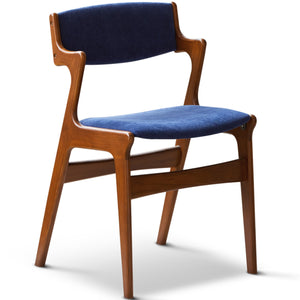
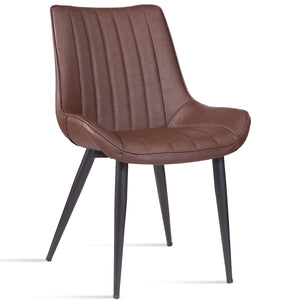
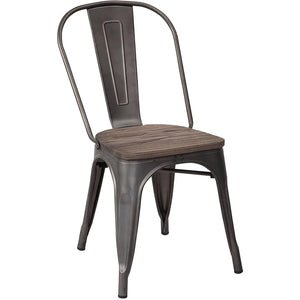
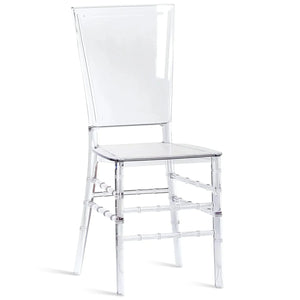

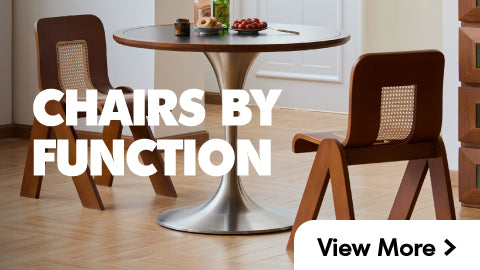
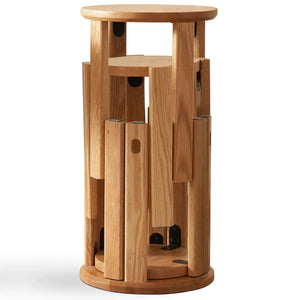
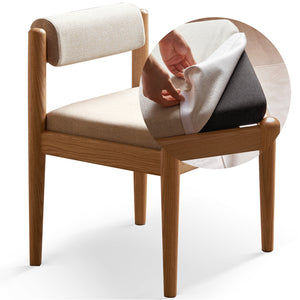
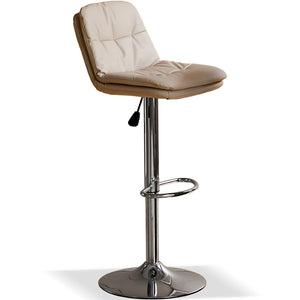
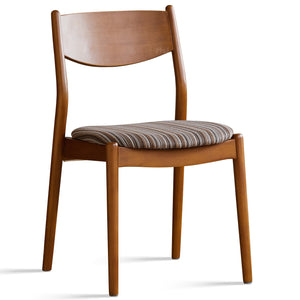
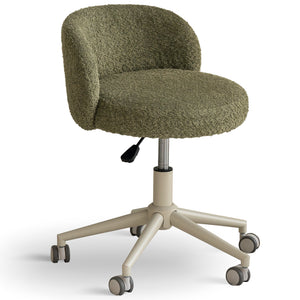



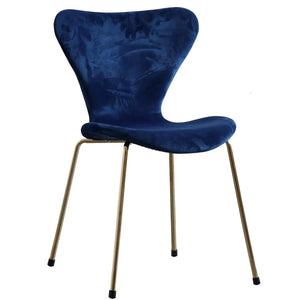
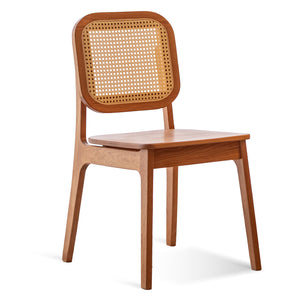
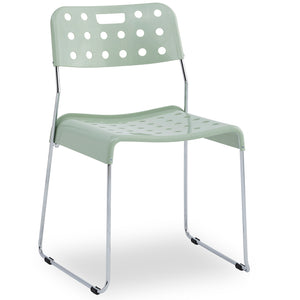
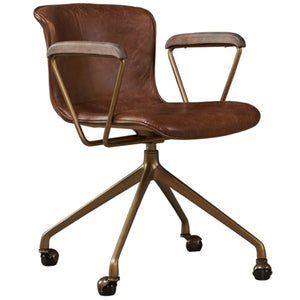


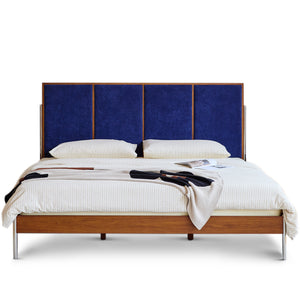

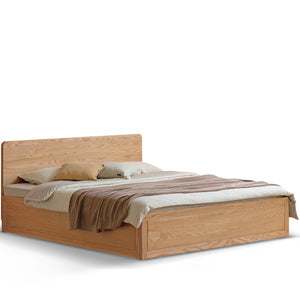
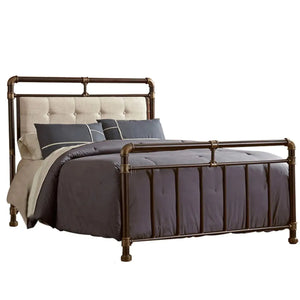
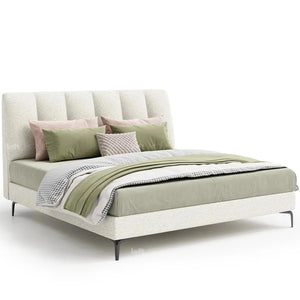
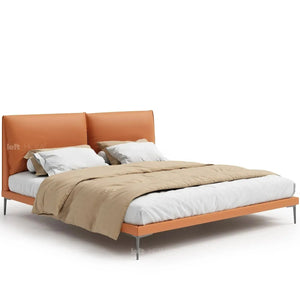
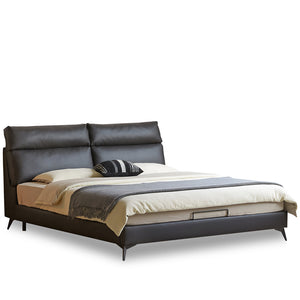
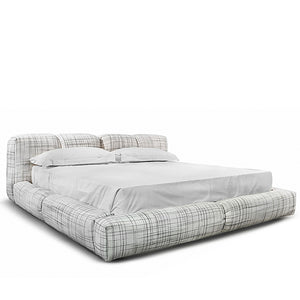

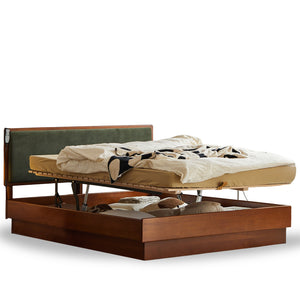
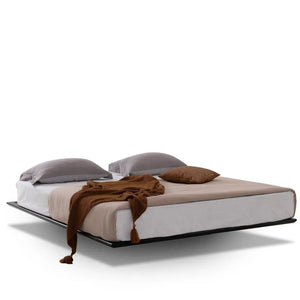
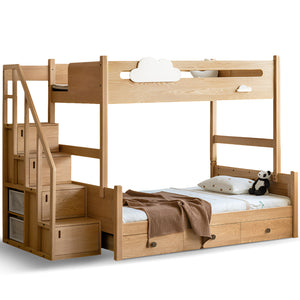

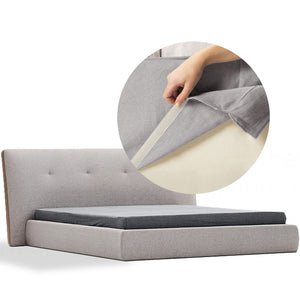
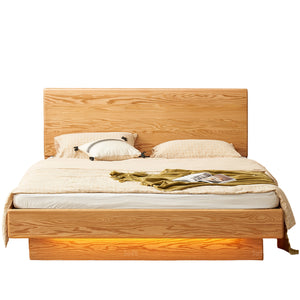


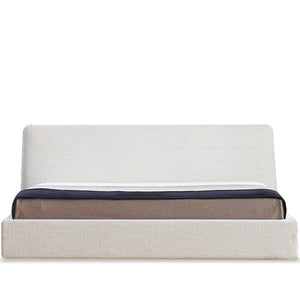
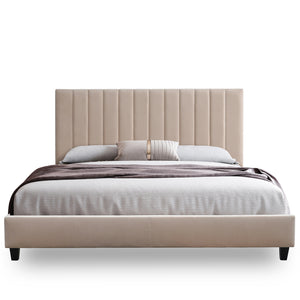
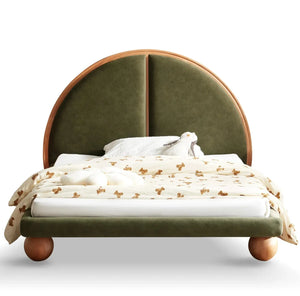
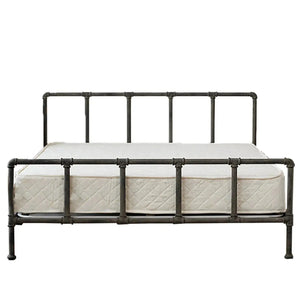

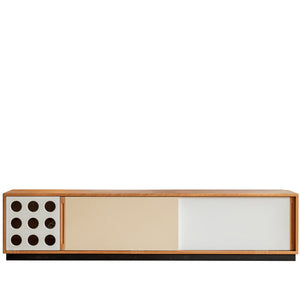
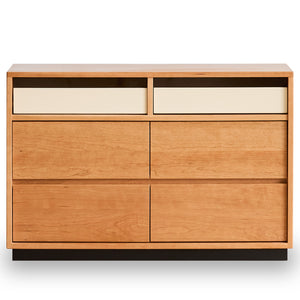
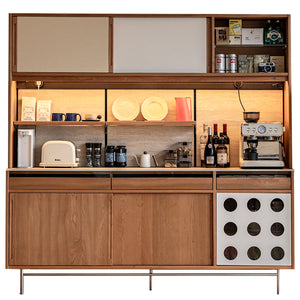

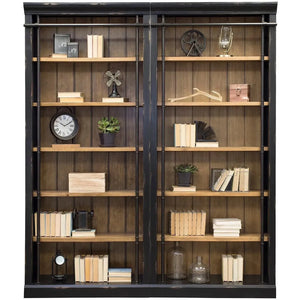
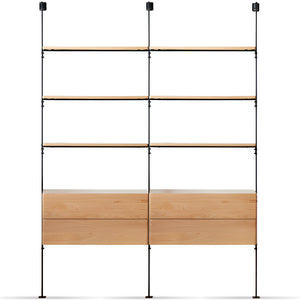
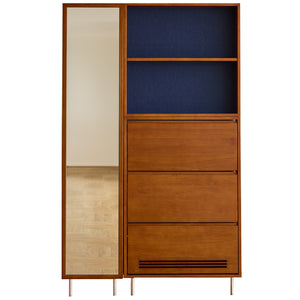



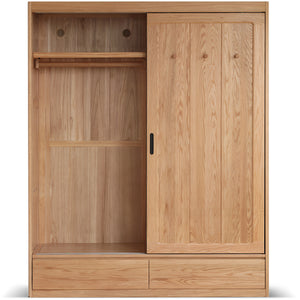
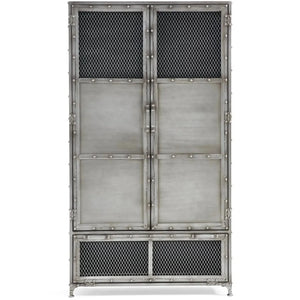
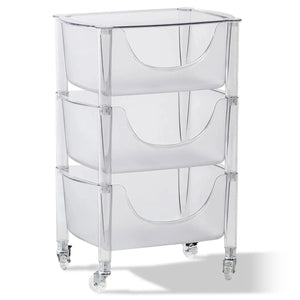
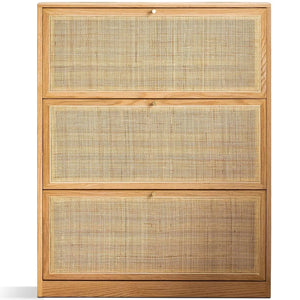
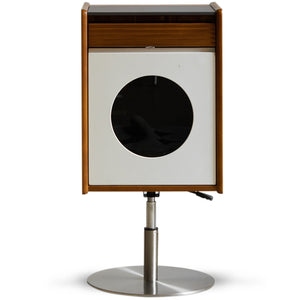


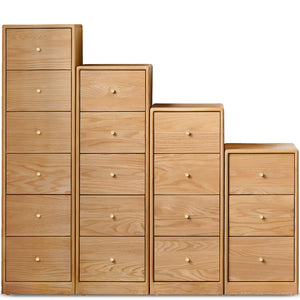
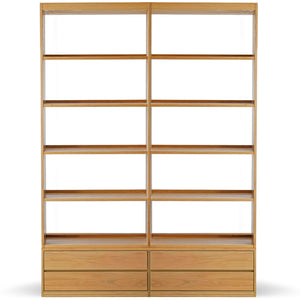
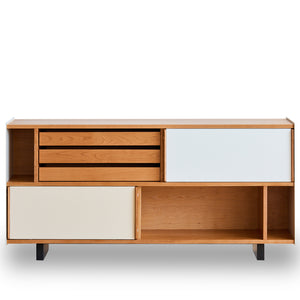
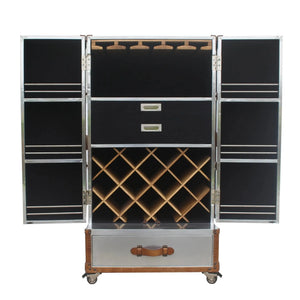

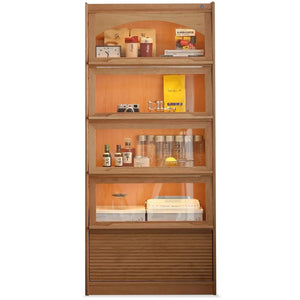

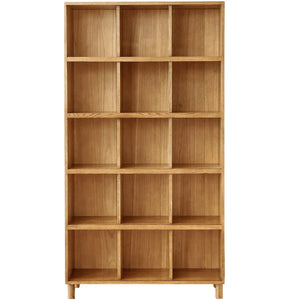
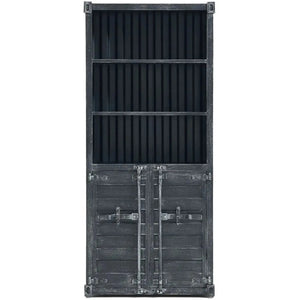

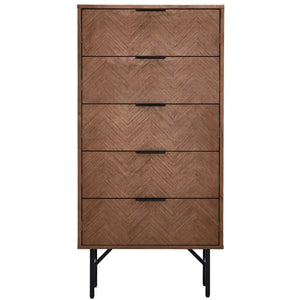
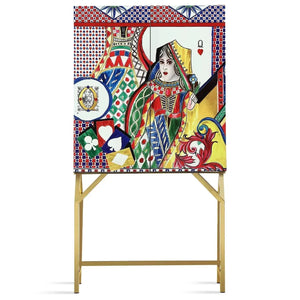
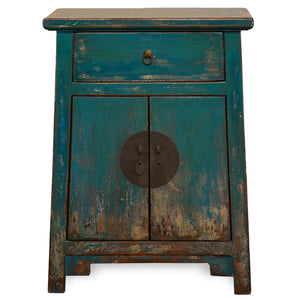


























































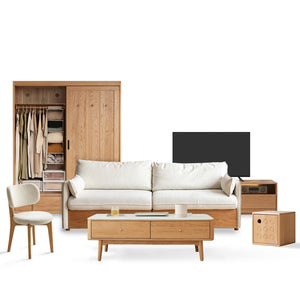
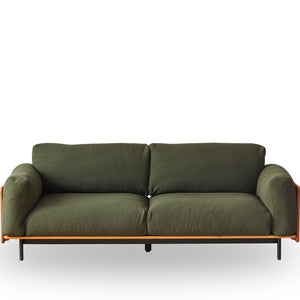
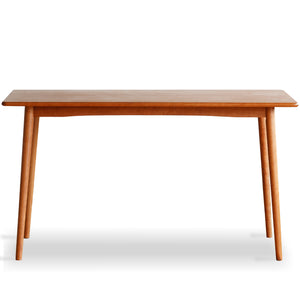
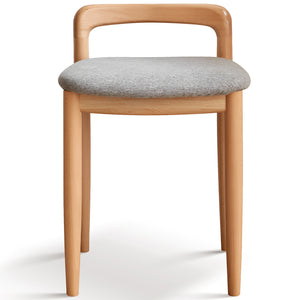
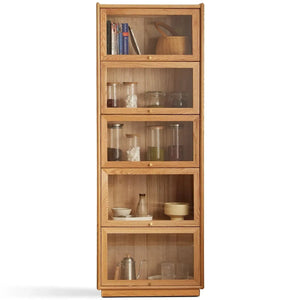



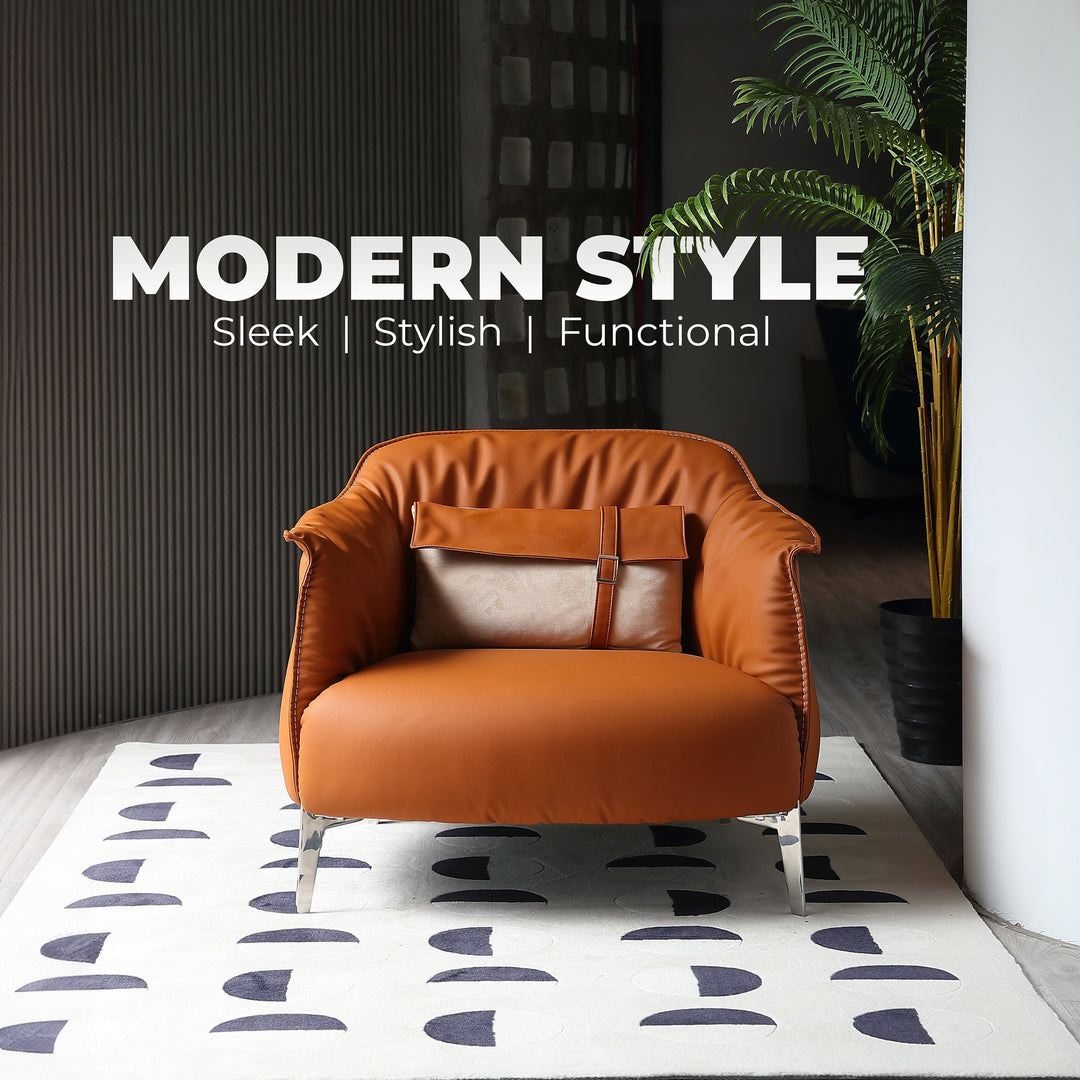
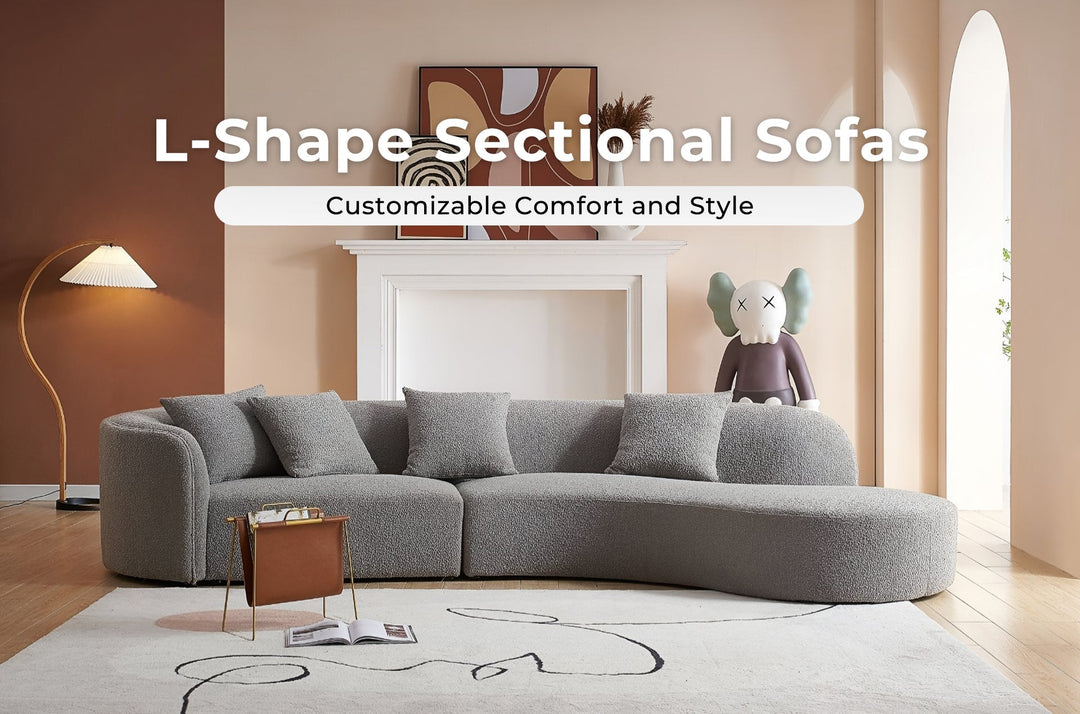


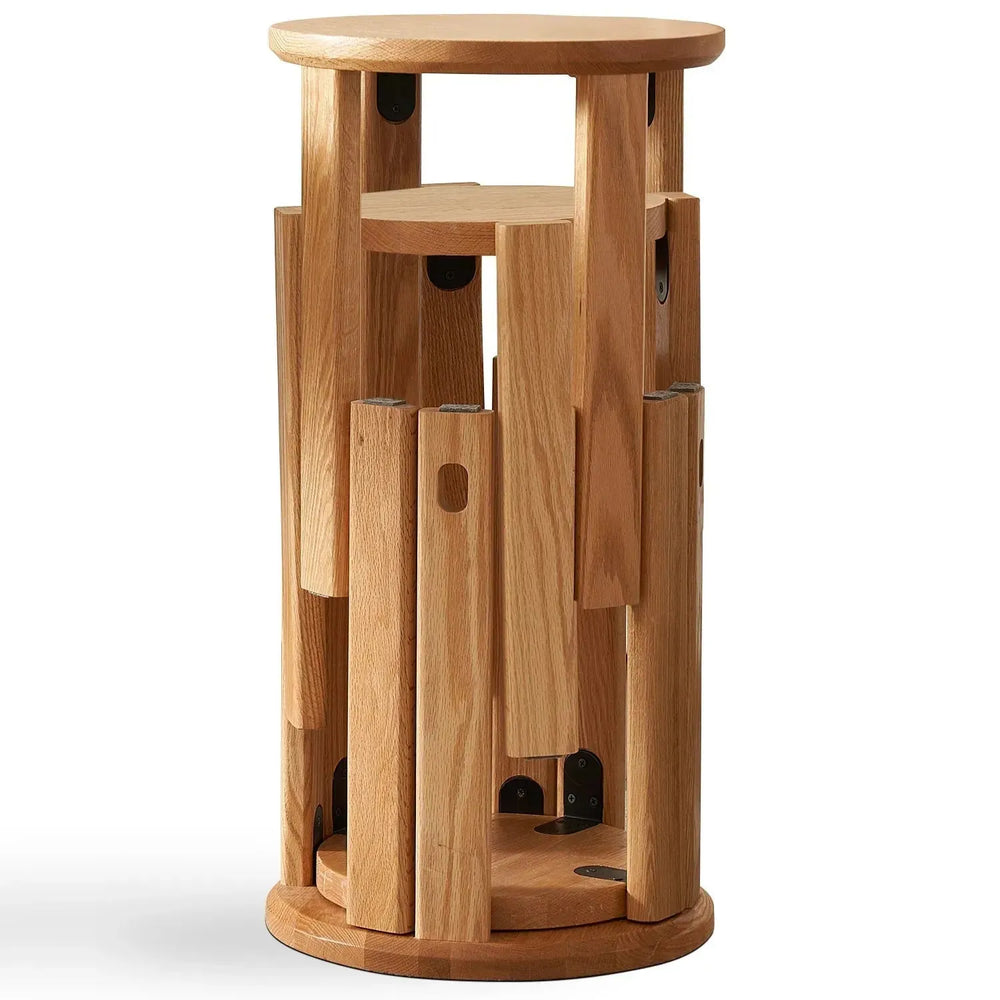



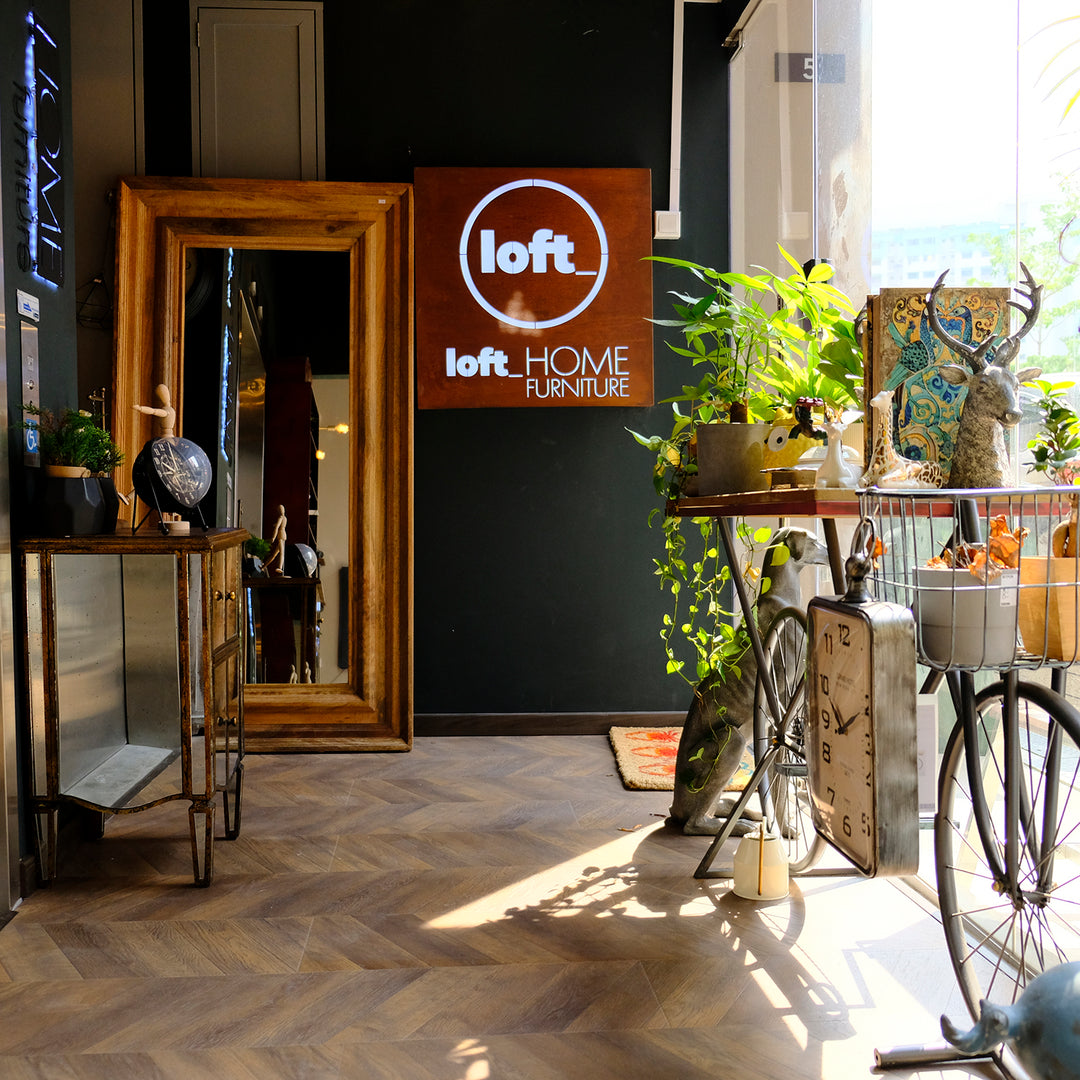
Leave a comment